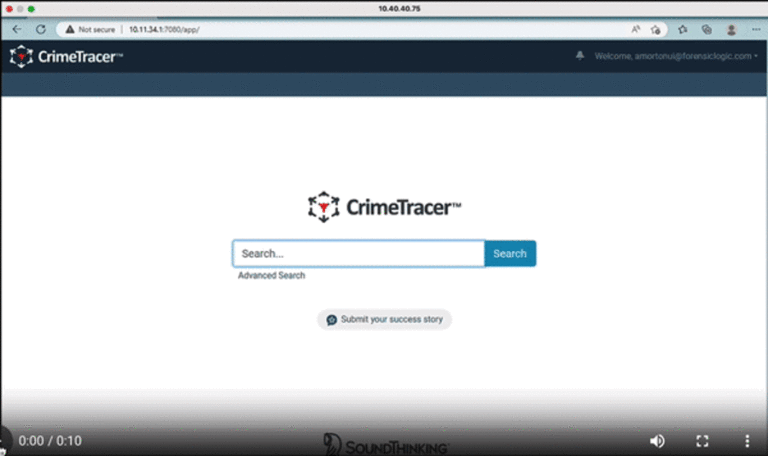SoundThinking Blog
Home / Blog
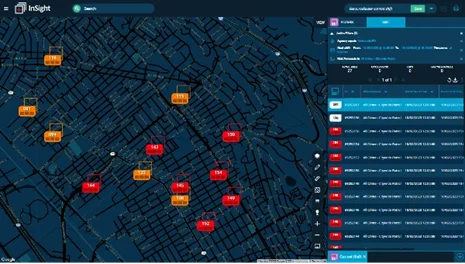
Predictive policing software uses data analytics and machine learning to forecast where and when crimes...
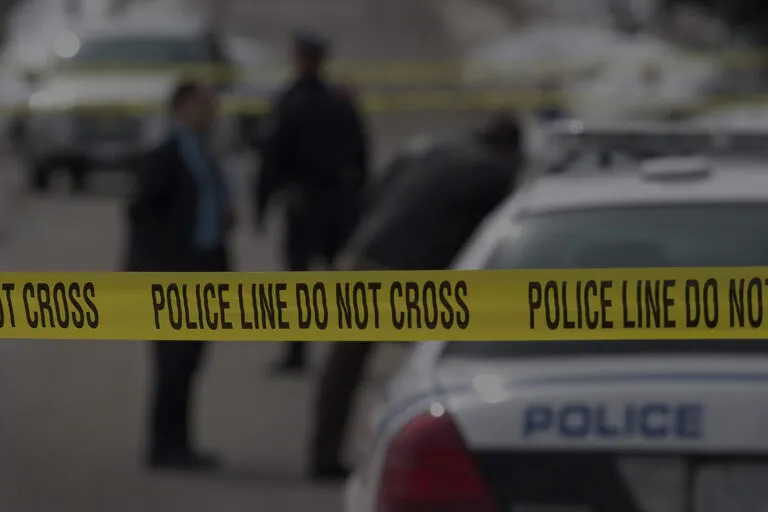
If you’re only using an RMS for your police operations, you’re losing key functionality when it comes...
Many law enforcement agencies are operating with a staffing deficit. Using technology, like gunshot tracking,...
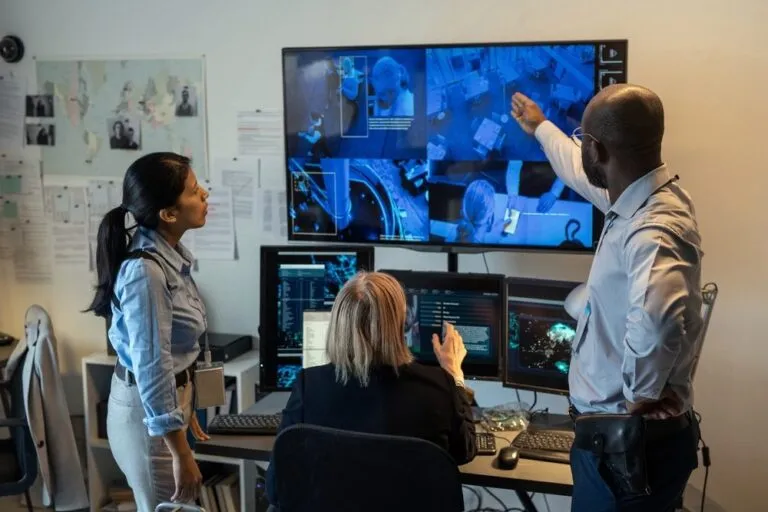
Erik Maness
Joel SteMarie
30 April, 2024
Perhaps the most critical element in the investigator’s toolbox is investigative analysis—the practice...
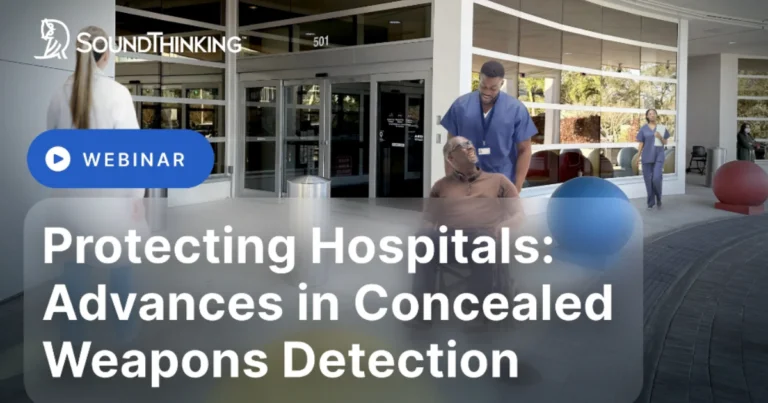
25 April, 2024
Public safety trends from 2023 show an increase in shootings overall, including mass shootings, and hospitals...
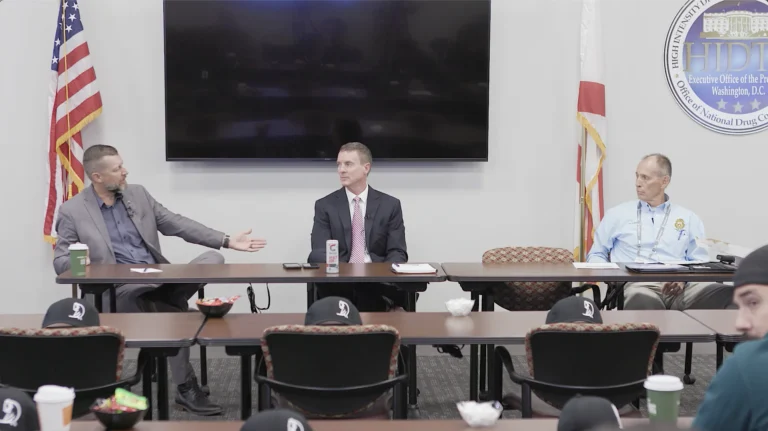
19 April, 2024
Collaborating across jurisdictions and with multiple agencies is more important than ever in law enforcement....
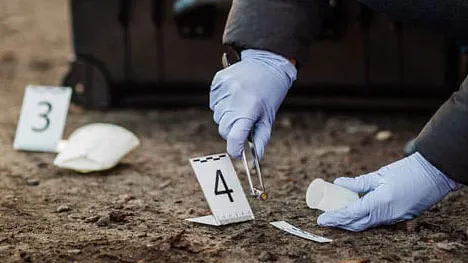
Joel SteMarie
Jamie Algatt
11 April, 2024
Speed and efficiency are more critical than ever when solving gun crime investigations, and one of the...

A magical source for all investigatory answers does not exist in law enforcement. In today’s world, where...

You’re looking to add leading-edge, proven technologies as part of your comprehensive public safety strategy,...
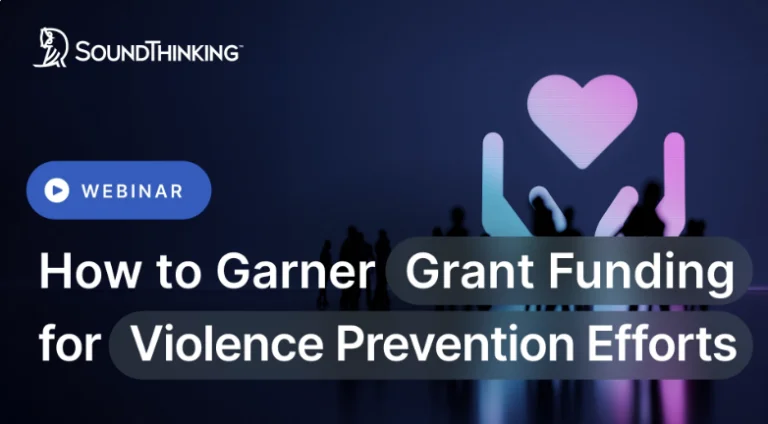
02 April, 2024
The process surrounding grant funding, especially federal funding, can seem daunting and difficult. The...
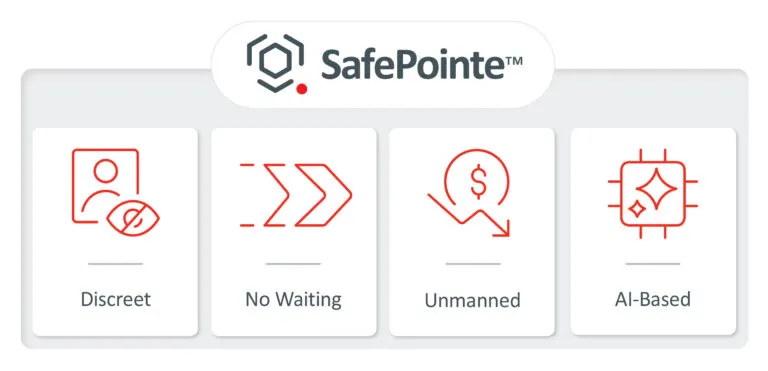
Security at college campuses often consider the implementation of weapons detection systems for schools...
No posts found
